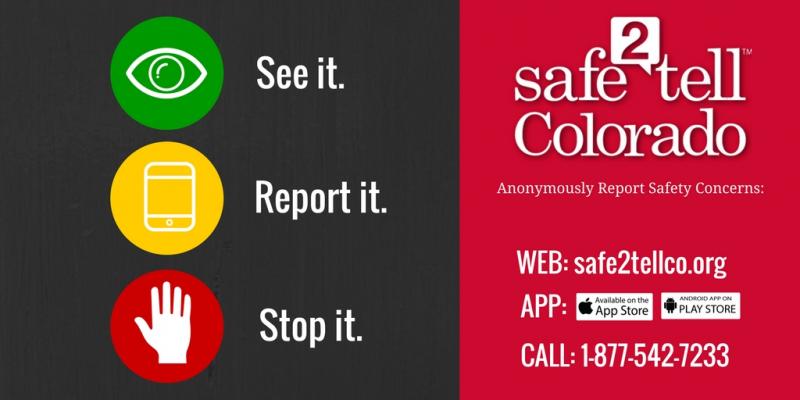BULLYING
Navigation
Bullying by the Numbers:
20%
1 out of 5 students report being bullied.
41%
Students believed bullying would happen again.
15%
Students reported being cyberbullied.
57%
of bullying stops when a peer intervenes.
PACER.org
WHAT IS BULLYING NAVIGATION?
PEER Kindness’s bullying navigation includes working directly with youth and families when they are experiencing or suspect bullying. The work includes supporting youth and families with reporting bullying, navigating the policies set forth by the school/school district, safety plan development so the youth feels safe, refusal skill development, personal safety, friendship building, and developing empathetic thinking and compassionate acts. We support physical, mental, and emotional well being of youth by connecting them to community resources.
Where to start?

Create a timeline of bullying events.
Take screenshots if bullying is occuring digitally.
We recommend using our Incident Log Sheet to help you document the incidents of bullying.
How to report?
 Report Bullying
Report BullyingReport bullying to the location where it is occurring. You can report using:
What does safety look like for them?
Use this Student Action Plan to ensure their safety where the bullying is occuring.
Check out this template to request a formal bullying investigation:
What are my child's rights?

It's good to read through these policies to know the rights of your child:
What is bullying?
Bullying is unwanted behavior among school aged children that involves a real or perceived power imbalance. The behavior is repeated, or has the potential to be repeated, over time. The children who are bullied, those who bully others, and those who witness the behaviors may have serious, lasting problems. (source: stopbullying.gov)
What bullying may look like at different levels:
Elementary School Age:
- Verbal-mean comments, taunting, put downs, threats
- Physical-shoving, hitting, punching, taking or breaking others things, aggressive or rude hand gestures
- Relational-social exclusion, leaving others out on purpose, telling others not to be friends with someone, spreading rumors
Middle and High School Age:
- Verbal-mean comments, taunting, put downs, threats
- Physical-shoving, hitting, punching, taking or breaking others things, aggressive or rude hand gestures, fights
- Relational-social exclusion, leaving others out on purpose, telling others not to be friends with someone, spreading rumors, sexual harassment
- Electronic-via messages, social media, apps
Signs of Bullying:
Signs your child may be experiencing bullying (all or none may be present):
- Changes in behavior/attitude at home or at school
- Mood
- Eating habits
- Sleeping habits
- Unexplained lost or broken personal items
- Sudden change in friend/peer group
- Self destructive behaviors
- Change in self esteem
- Self harm
- Running away
- Suicidal thoughts
Bullying Behaviors:
Signs your child may be bullying others:
- Change in behavior/attitude at home or at school
- Getting in trouble more frequently
- Increasingly aggressive
- Unexplained new possessions or money
- Blame others for problems
- Getting into fights
- Change in friend/peer group
Are you, or someone you know, experiencing bullying?
Even if you are not sure if it's bullying, reach out.








